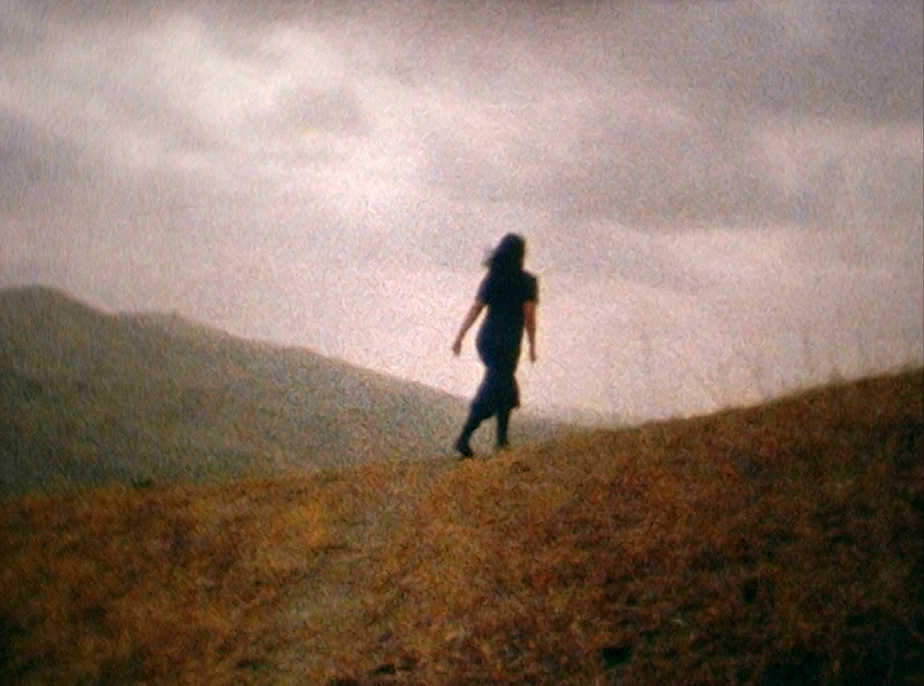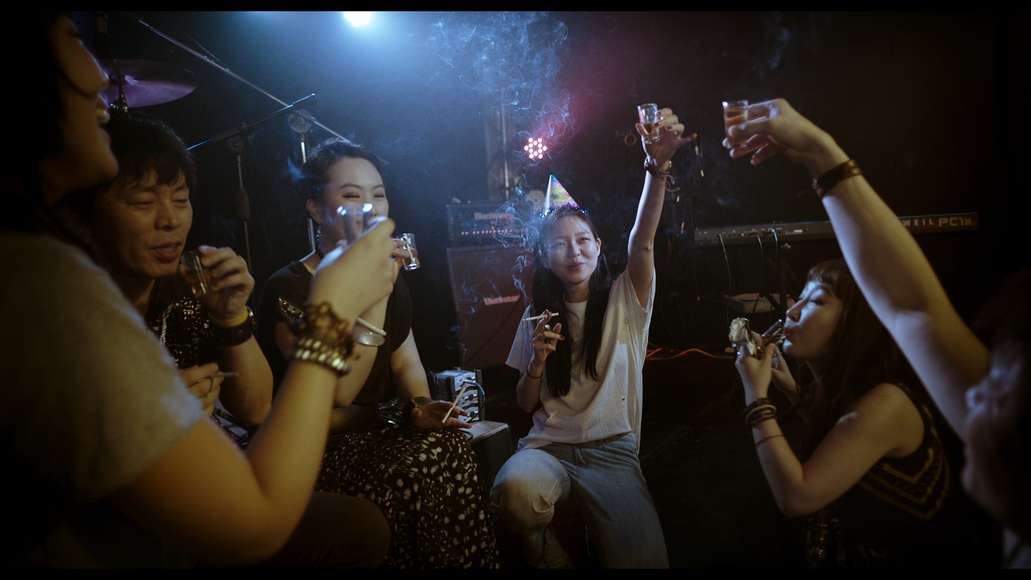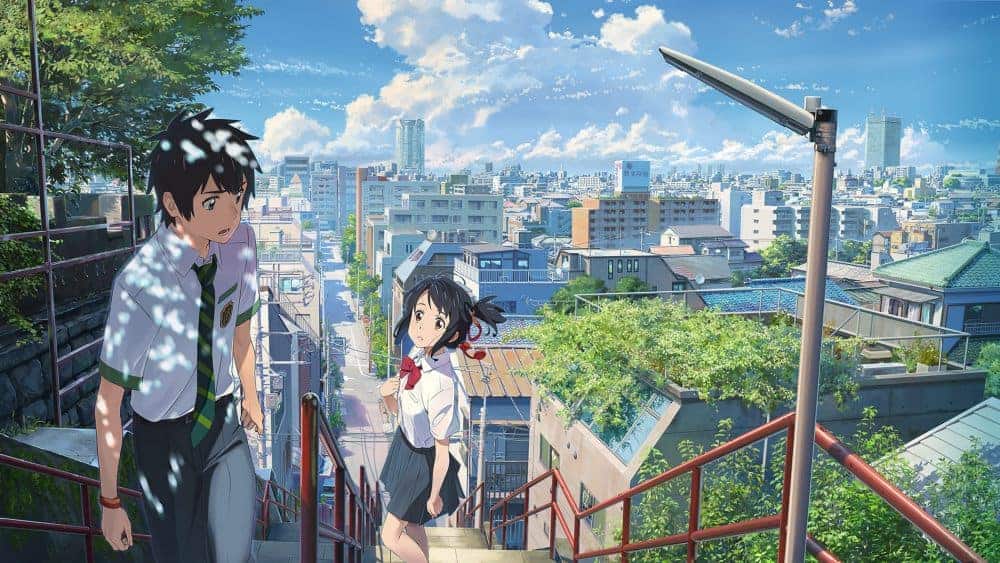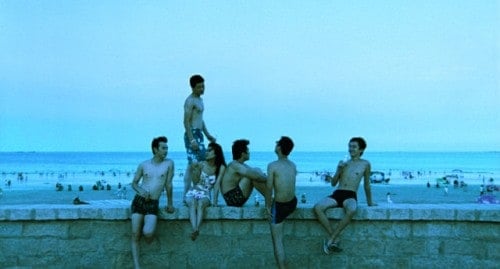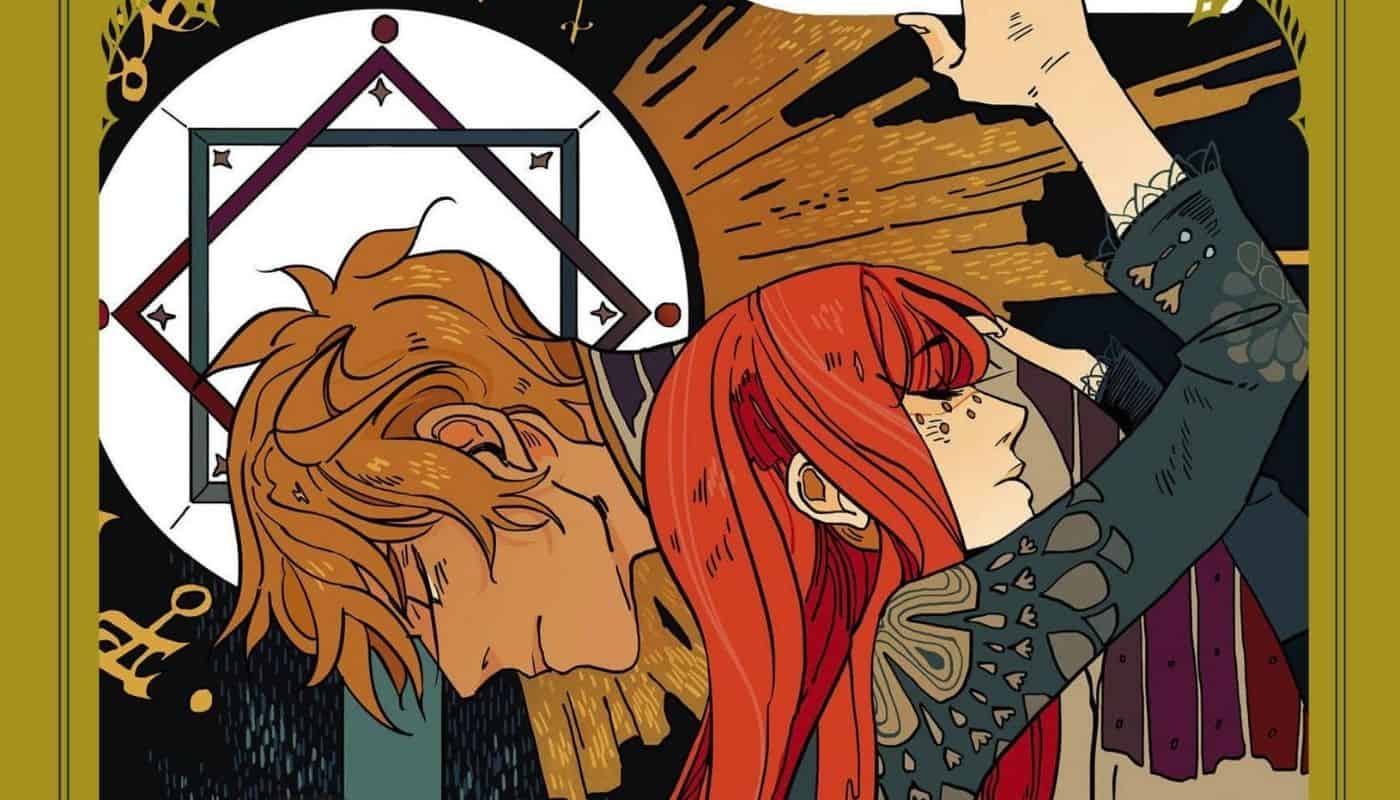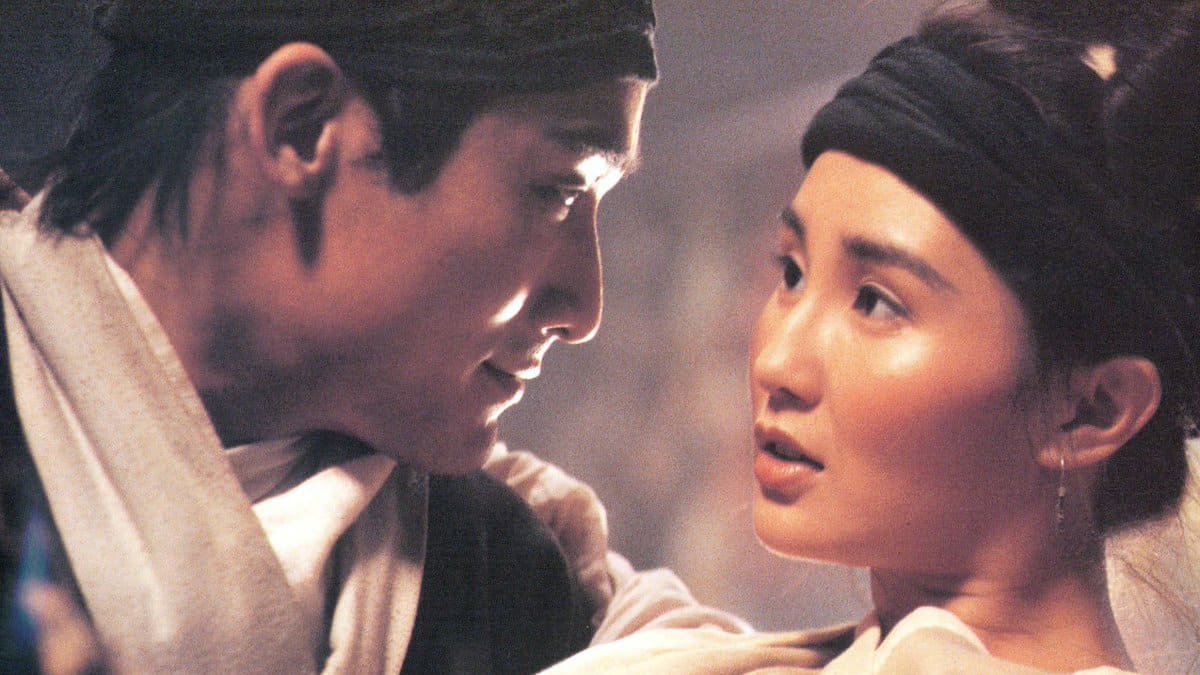“For a woman the most dangerous place is home.”
(Kyrgyz saying)
If we look at the works of art discussed in classroom all around the world, one cannot help but wonder sometimes about the troubled history of many of these works and that they are now common knowledge of students of a certain country. Considering the provocation works like George Orwell's “1984” or J.D. Salinger's “Catcher in the Rye” posed at the time of their release (and still pose for some), they have over time found their way into the classroom, study halls and auditoriums of the world. However, in the context of their messages regarding conformism and oppression, their fame and reputation is much deserved. And in the case of Orwell's dystopia, one need to look no further as the current state of the USA, the NSA-scandal and the rise of national parties internationally to realize the painful relevance of works such as this novel.
In the case of Chingiz Aitmatov's “Jamilia” we have a similar case, one which points at one of the core paradoxes of Kyrgyzstan and many of its neighboring countries. Published in 1958, the novel has become part of the nation's school curriculum in 1960, making its characters common knowledge of many citizens. The story revolves around Jamilya, a woman who is married to a soldier named Sadyk, a marriage which was arranged by her parents against her will. When her husband does not return from the war, she falls in love with Daniyar, a crippled young man, and eventually escapes with him. The novel's success and reputation in Aitmatov's home country is somewhat paradoxical given the close governmental observation of the arts at the time of its release.
Jamilia is available from Icarus Films
Most notably, however, the novel hints about a woman's resistance against traditions and repression, a theme which attracted French filmmaker Aminatou Echard to the material. Her documentary explores the state of women in Kyrgyzstan today, how much of the freedom the fictional character enjoys is actually enjoyed by females in the country in reality. For her project she interviewed 50 women, a rare occasion since women usually do not speak to strangers, often not even relatives, about their lives, their problems and their dreams. Since Echard filmed them often for brief periods of time – her chosen format Super 8 did not allow for longer takes – the atmosphere has been more relaxed and she gained interesting insight into the lives of women caught in between their dreams, their parents' expectations and a society which never fully supported their rights.

As the first few minutes of “Jamilia” are over, one begins to notice more and more how the film seems more like a relic, a document which has been found is now presented to the public. The use of Super 8 highlights one the one hand the intimacy of the moment shared on camera, an effect Echard was aiming for as she decided to shoot her film this way, while on the other hand one the footage seems to capture a memory of some sort. Echard, who also edited the film, creates a collage of stories, of voices and images in front of the viewer, all of which connected to the common thread of the “Jamilia”-character as well as the kind of woman she stands for.
In a way, the depicted women and their stories are puzzle pieces of the character long departed from the fictional confinements of the novel. A recurring image of a black haired woman walking across a desolate landscape, away from the camera, but determined by a mysterious goal on the horizon, defines the enigma and symbol this character has become. The longing for freedom and the yearning to “have myself in something”, as one of the interviewed mentions, culminate in the image of the woman loosening her scarf and walking away from the lens of the camera.
However, Echard's film presents something more than a “mere” yearning. In the various stories and images, time seems to have come to a standstill, the visuals come to life as if the viewer's gaze makes them move, as Echard remarks. As the story of Jamilia finally unfolds to the viewer, it has long left the realm of the novel, but has become a metaphor for the border between the ideal and the reality. While the kind of freedom the fictional character experiences may inspire or irritate, its sheer existence marks a paradox to the repressing chains of patriarchy and tradition. At the same time it defines the fear of aforementioned freedom, one which sees a woman walking alone.

“Jamilia” is a film about womanhood, about the necessity for individuality in a stagnating society. While its visuals may take a while to establish a connection to the viewer, the honesty, determination and authenticity of the women Echard has interviewed will win one over. In the end, if indeed our looks will make the picture move, than certainly Jamilia has to keep on walking, has to keep on living. Maybe one day, the kind of life she stands for will become more than just fiction.
Sources:
1) www.berlinale.de/de/archiv/jahresarchive/2018/02_programm_2018/02_Filmdatenblatt_2018_201810226.html#tab=video,last accessed on: 09/24/2018
2) Echard, Aminatou (2018) Director's statement
www.529dragons.com/index.php/en-cours/7-djamilia, last accessed on: 09/24/2018
3) An interview with Aminatou Echard (2018)
www.arte.tv/de/videos/081088-005-A/djamilia-interview-mit-aminatou-echard/, last accessed on: 09/24/2018


